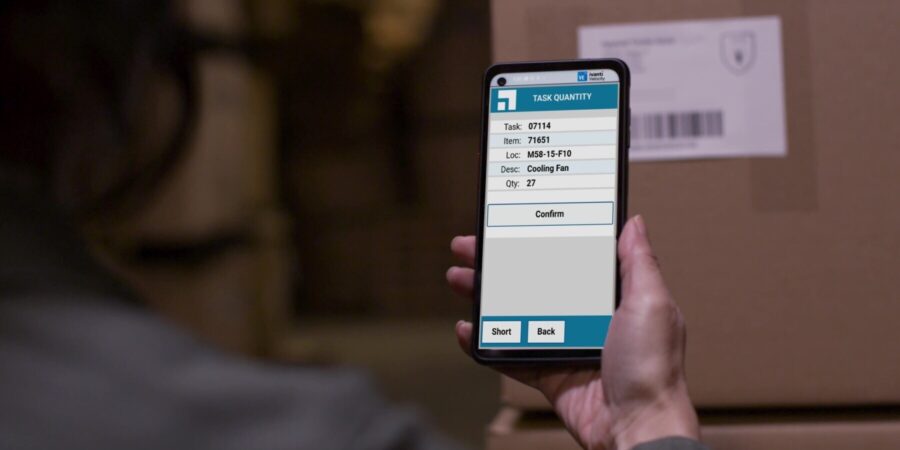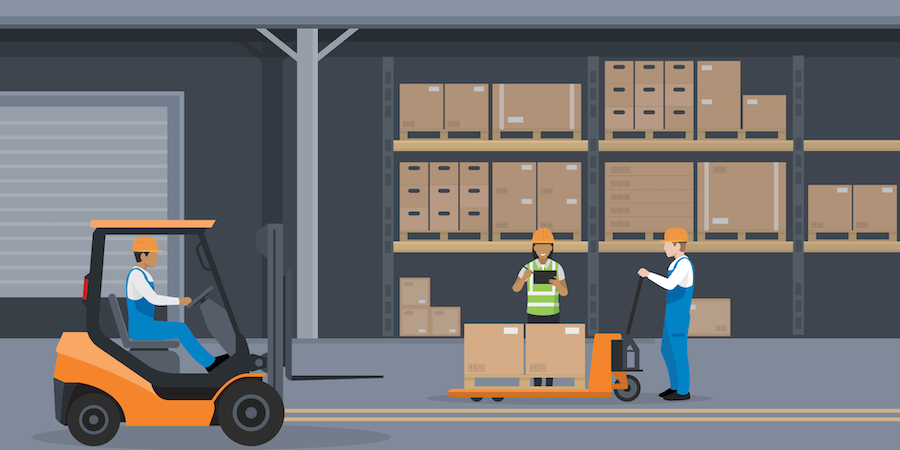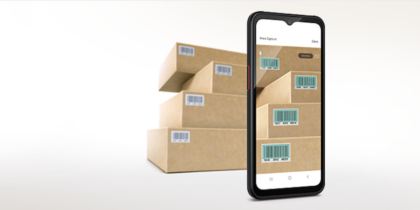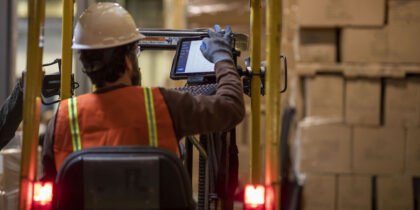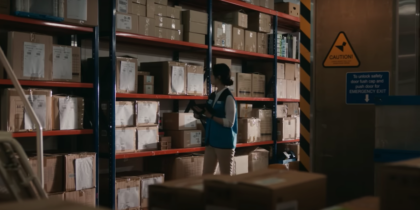The rise of e-commerce — accelerated dramatically by COVID-19 — has placed new strains on supply chain and logistics workforces. Today’s warehouse workers need up-to-date technology that helps them meet heightened expectations around delivery times, and perform more precise picking and packing. Until a few years ago, many warehouses relied on outdated green screen terminals to manage their operations, but many are now introducing their workforces to Android mobile devices that can speed up processes in this demanding environment.
Device migrations like this can be particularly challenging in the supply chain and logistics industries, especially since legacy backend technology systems represent years of time and investment. Not to mention that many long-time employees are familiar and comfortable with the existing technology and are resistant to adopting new devices.
This is where Ivanti Wavelink comes in. A leader in Android migration, modernization and automation for supply chain warehouses, Ivanti Wavelink has developed the platform and processes to make mobile device migrations and modernization easy for warehouses and their employees.
At the core of this is its Ivanti Velocity framework, which offers a simple way to migrate and modernize existing Telnet apps to modern Android smartphones. With the terminal emulation (TE) software, you can replicate the current “green screen” interface workers are used to from Android smartphones — with an option to convert the interface to a completely modernized look and feel. Workers get the best of both worlds: a familiar interface and state-of-the-art technology, increasing employee productivity and keeping the industry future-proofed.
Modernizing the supply chain with Velocity
Powered by Wavelink, the Ivanti Velocity software helps companies leverage modern technology in the warehouse and across the supply chain to improve accuracy and efficiency without modifying or replacing legacy backend systems. That’s become particularly critical as warehouses and delivery firms struggle to handle surging e-commerce volumes and deploy more smartphones, tablets and hand-mounted scanners to help workers get the job done. At the same time, as support is terminated for Windows-based devices — placing their operability at risk — businesses are moving to Android-based devices. Velocity makes that switch easier.
Much of the warehousing industry still relies on telnet-based, keyboard-driven “green screen” processes, built on foundational data platforms, which represent millions in invested resources. But these systems include years of customization, providing value and critical data management functions, so many companies choose to continue to use and improve them. Yet modern Android-based devices that perform a host of tasks are still proliferating.
The challenge: how to integrate existing telnet-based platforms with rugged smartphones like the Samsung Galaxy XCover Pro? Ivanti supports these device migrations so they run smoothly. Its Velocity solution emulates the legacy green screens that warehouse employees are familiar with on new smartphones or tablets. And for customers who want to move away from the green screen look, Velocity offers an HTML5 interface that appears to the end user as a browser, converting function keys to touch buttons on the display.
“The number one advantage we provide,” says Kelly Ungs, Ivanti Wavelink’s VP of Alliances and Global Channels, “is the customer does not have to change their existing host application, whether it’s an ERP, WMS, TMS or a SCP&E system,” when deploying new devices, such as Galaxy XCover Pro or Galaxy Tab Active3. Another key advantage of the Velocity solution, Ungs notes, is its compatibility with whatever device the customer chooses, with a consistent user experience. The result: more efficient workflows, fewer necessary steps to complete an activity and more automated transactions that once required keyboard input.
An intuitive mobile solution
While Velocity helps companies squeeze more value out of their legacy systems, the bottom-line goal remains maintaining and improving end user productivity. Employees used to legacy systems will find engaging with familiar green screens on a touchscreen device to be an intuitive transition. Other employees accustomed to using mobile devices in their daily lives will find functions that feel familiar and promote a safer, more engaging work environment.
The definitive guide to warehouse efficiency
Get your free guide to increasing warehouse efficiencies and cutting costs with mobile processes. Download Now
The proliferation of e-commerce has reinforced that rugged devices like the XCover Pro and Tab Active line — and the enabling technologies that support them — play a critical role in today’s high-velocity manufacturing and warehousing environments. The benefits for productivity, accuracy and employee safety and engagement, as well as better overall workforce management, are substantial for companies making device migrations. Smartly integrated software like Ivanti Wavelink’s Velocity enable warehouses to recognize these benefits.
Take the next step on your warehouse by digitizing your forklift operations, too. And learn how to build a more efficient warehouse with Samsung’s latest rugged devices and this free guide.
